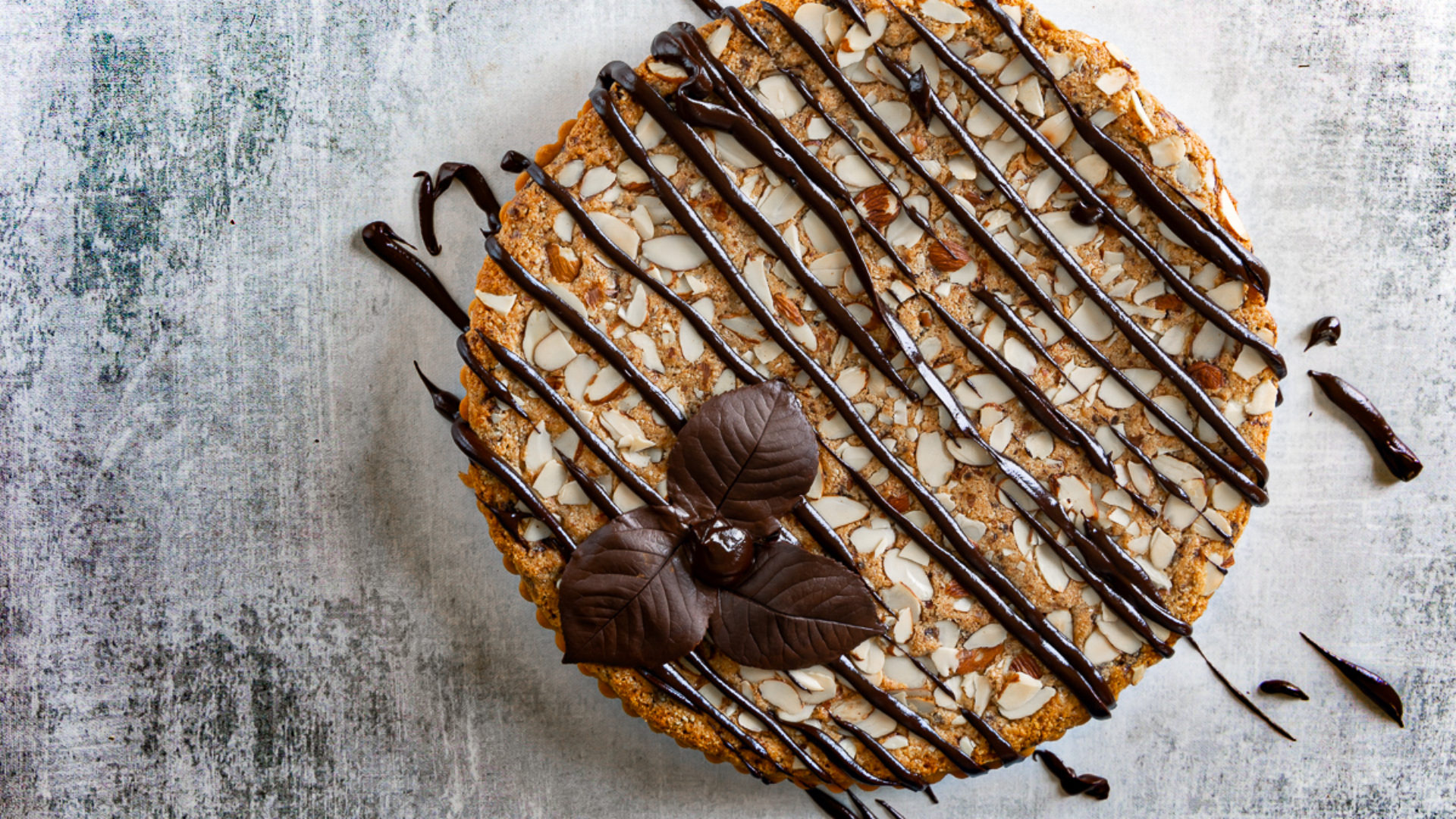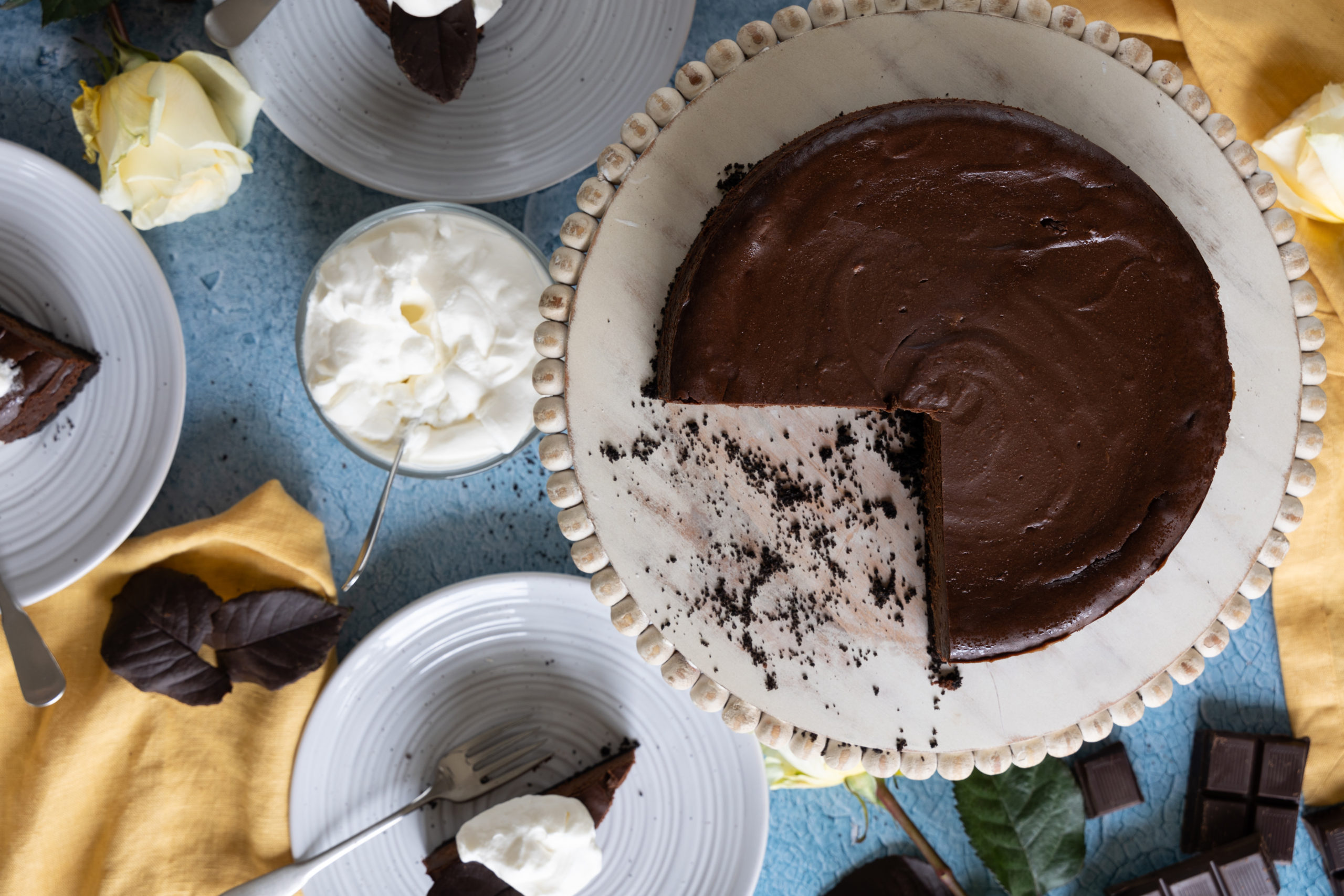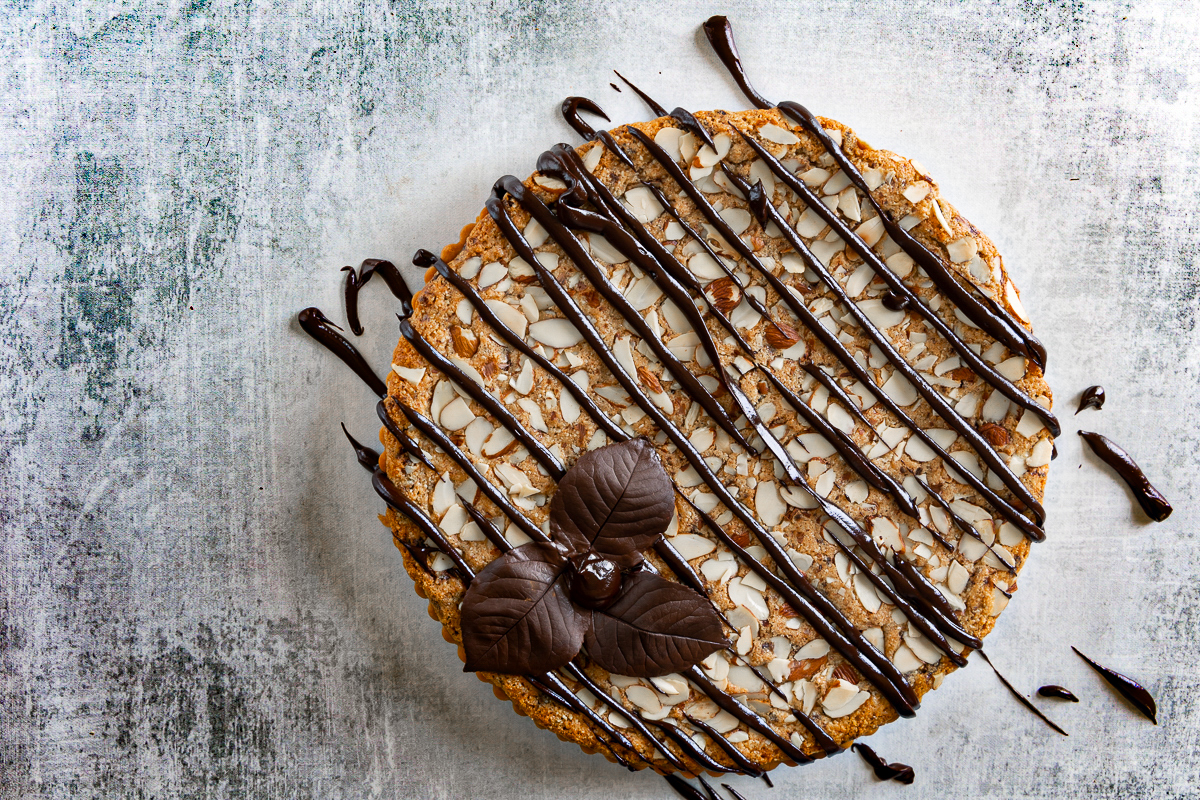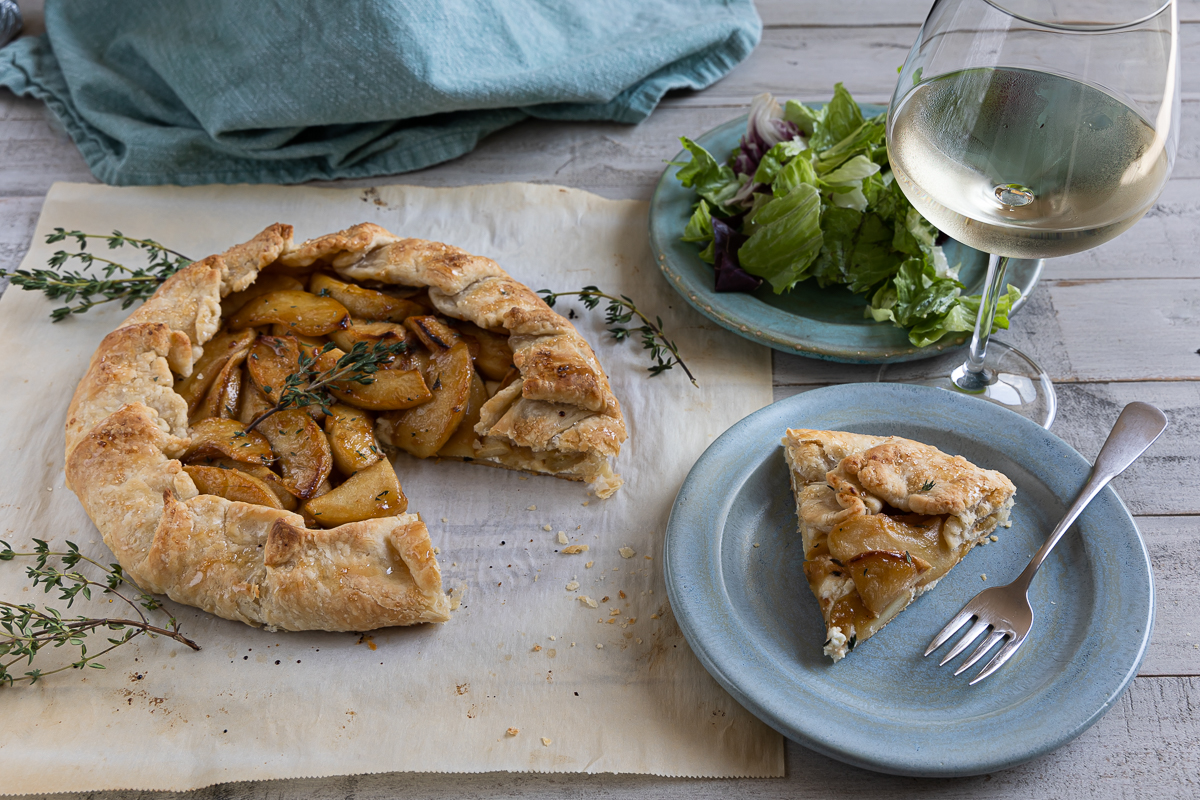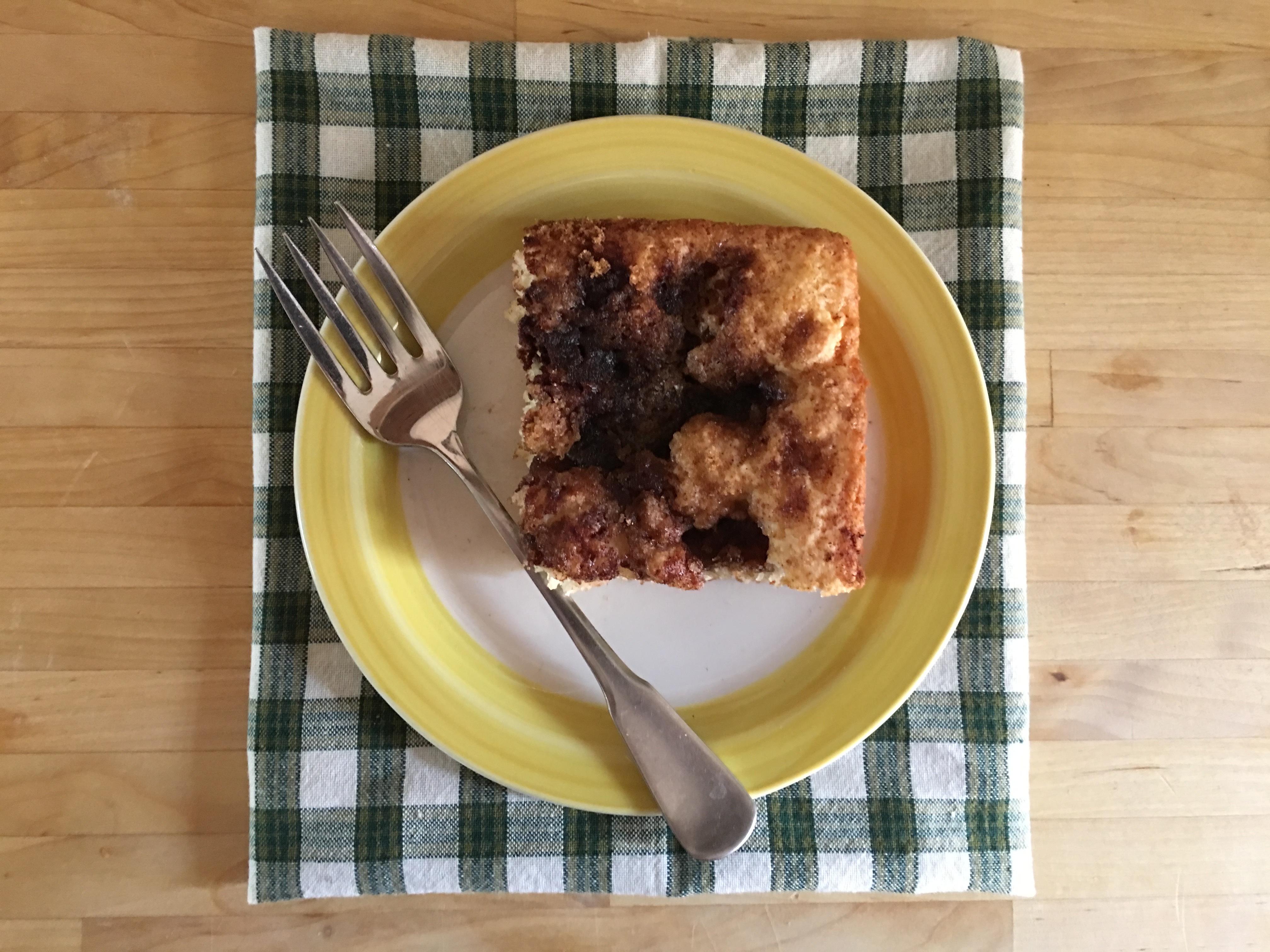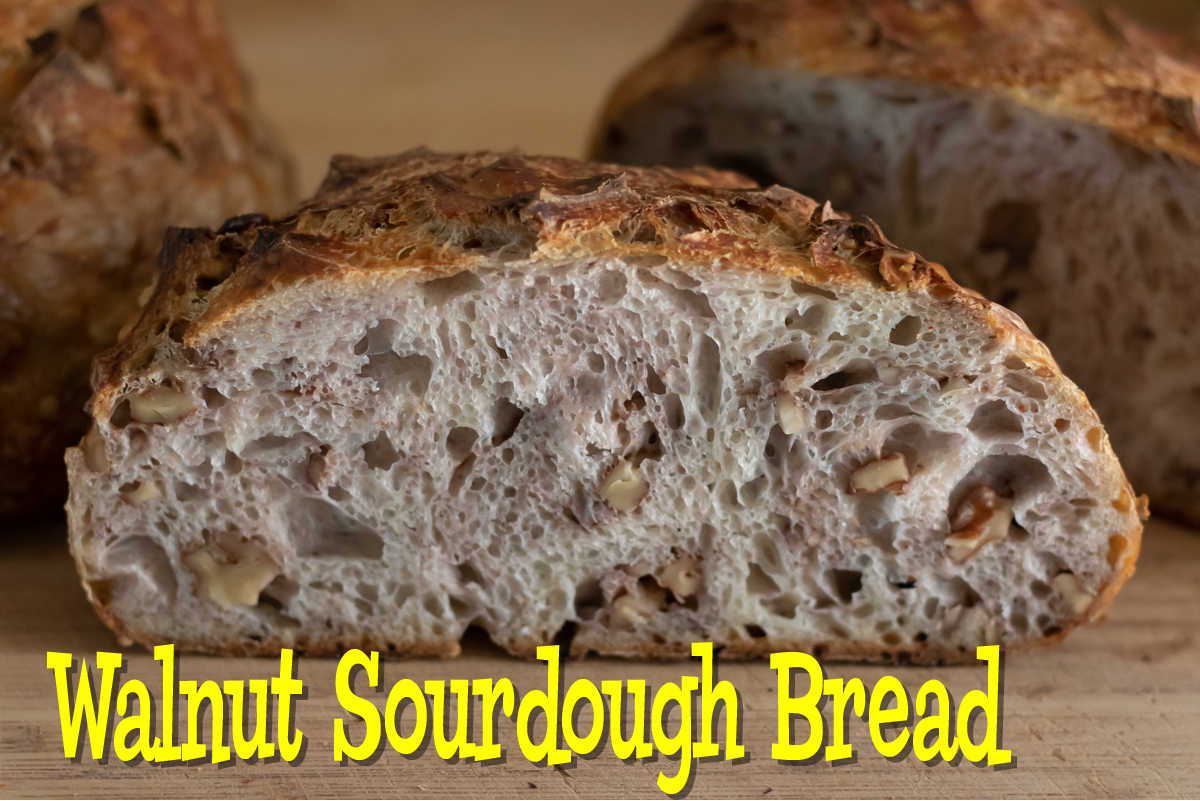Walnut Sourdough Bread baking in my kitchen always brings me great joy!

Walnut Sourdough Bread is one of the best reasons why I love to make homemade sourdough bread. I find that if you can actually find a loaf of walnut sourdough bread at a bakery, it usually doesn’t have enough nuts in it for my taste. I really love walnuts. There is a whole cup of walnuts in each loaf of this marvelous bread. The fragrance of these beauties baking up in the oven is almost intoxicating. This wonderfully purple bread is full of crunchy walnuts and the awesome tang of sourdough. It always gives me great pleasure to bake up a few of these and give one out to someone. I know when I bring in one of these delicious loaves of walnut sourdough bread into work, there will be a mad rush to the table for a piece. If you like walnuts much as I do, then this bread is the ultimate sourdough bread for you.

Why does walnut sourdough bread turn purple? The main culprit is the reaction of iron in the flour with the gallic acid in the thin skins of the walnuts. The longer the gallic acid is given time to react with the iron in the flour, the more purple the bread will become. Cook’s Illustrated actually did a great experiment to figure out why this happens and if you can prevent it. They combined walnuts with iron supplements in some water, and the liquid turned purple. I retard my loaves for a couple of days in the fridge, so my walnut sourdough bread tends to be very purple. I know some people don’t like the color as it doesn’t look all white and pretty. But I actually like the color. It gives it a rustic look.

Many recipes call for you to toast the walnuts before you add them to the dough. I usually don’t. I have a theory that because you typically end up toasting this tasty bread and slathering it with loads of salty butter, the nuts get a bit over toasted on the second go-around, so I leave them raw. They do cook in the loaves a bit, too.

So what do you do with walnut sourdough bread besides just eating it toasted with some butter or a bit of blackberry jam? Well, if you want to take your avocado toast to a whole new level, this is your ticket! It also makes incredible sandwiches. Your ham and Swiss lunch will never be the same. I have a dear close friend who came up with maybe one of the best ways to use these delectable loaves. He thickly slices one of the boules and makes french toast. The crunchy walnuts and slight tang gives French toast a complexity and depth that I’ve never experienced before, It is brilliant!

I’ve re-written my basic sourdough recipe here for those of you who want a full explanation. But for those of you who make sourdough regularly, I can explain what I do in quick terms, so you don’t have to read through the whole long process. After the second fold of the dough, I roll 2 cups of walnuts lightly with a rolling pin to lightly crush them. I incorporate them starting with the 3rd fold and doing a 4th to fully incorporate them into the dough. Walnut sourdough bread is something every sourdough baker should make. It really is a fantastic way to make an outstanding loaf of bread.



full of walnuts and tangy sourdough this bread recipemakes a fantastic loaf of bread
- 1 Active Sourdough starter
- 800 grams bread flour a little under 7 cups
- 200 grams all-purpose flour a little over 1 ½ cups
- 700 grams water at room temperature about 3 cups
- 1 tablespoon sea salt or I use Pink Himalayan salt
- 150 grams fed sourdough starter around 1 cup
- 2 cups raw walnuts you can add even more
-
Feed your starter about 6 – 8 hours before you want to start the dough process. I like to use 50% flour and 50% water. Let sit in a cool place, either overnight or starting early in the morning. If your sourdough has been resting in the fridge for a while, you will get a better rise if you feed the starter at least twice before starting the process. In that case, feed the starter a day or so before.
-
The night before, in the early morning of the day before, or even better, 2 -3 days before you want to bake your walnut sourdough, (the longer it retards, the more it will develop flavor. After 3 days the sourdough will begin to die off. )
-
At the same time you start the last feeding or at least an hour before you want to start the dough mixing. Combine together in a large bowl or plastic tub the bread flour and the all-purpose flour. Do not use a metal container, it will react with the sourdough starter. Stir in the water. You do not need to thoroughly mix it in, just moisten as much flour as possible.
-
When your starter has doubled or more, and is bubbly, it may look like it has fallen in on itself that is ok too. Measure out 150 grams and add it to the flour mixture.
-
Using your hands, really get in there and mix it to thoroughly combine.
-
Sprinkle the sea salt over the rough dough. With your hands again squeeze with your fingers, mash, and knead it until you can feel the salt crystals have dissolved. This may take a couple of minutes. You do not need to actually knead the dough into a ball, just make sure it has been thoroughly mixed.
-
Scrape down the sides of whatever container you are using to incorporate the bits and edges into the dough and cover with a lid or plastic wrap.
-
Let rest for 30 minutes or so. You can extend this to 45 to 50 if your schedule needs it.
-
Have a bowl of water handy to wet your hands during the folding process.
-
Uncover the dough, wet your hands with the water, and grasp one edge of the rested dough. Pull up and stretch out the dough several inches above the surface. Bring the dough over and push it down towards the further edge. Turn the bowl ¼ and repeat, stretching the dough again. Continue this until you have come full circle. The dough should have gathered into a rough ball. The water helps the dough from sticking to your hands and adds a bit more moisture.
-
Cover again and let rest for another 30-45 minutes
-
Repeat the folding process 4 more times. See the next step:
-
After the 2nd fold, place the walnuts on a clean work surface and lightly roll over them with a rolling pin or glass to lightly crush them. Spread them over the resting dough. You will mix them in starting on the next fold.
-
Each time the ball of dough will start out looking very flat and loose, as it relaxes. But it will tighten more and more after each fold. The final time the ball of dough will look very smooth, and the dough will have a lot of elasticity. It will gather into a nice tight ball.
-
During the next fold, you will be incorporating the walnuts into the dough. Try and stretch and mix the walnuts into the relaxed dough. It doesn’t have to thoroughly be mixed in the next turn will mix the crushed nuts in more thoroughly.
-
After the final fold, let the dough rest and rise until more than doubled with large bubbles very visible. It will take 5-6 hours in total from the first mix with the starter and the salt. All this depends on how active your starter is, the temperature of the room, and the humidity. Check every so often to see how the dough is behaving.
-
Have 2 round baskets lined with clean tea towels ready. You can sprinkle some flour over them if you want. Though I have found if you have shaped nice and tight loaves, you will not need to flour them at all. If you shape firmly enough, you will find that you don’t need very much at all.
-
Scrape the bread dough onto a floured work surface.
-
Divide the dough into 2 equal pieces. Roughly gather them each into a ball and let rest for 10 – 15 minutes.
-
Using a dough scraper pull the dough toward you onto a clean surface area. Using the tension of pulling with the dough scraper, and a slight circular motion continue to turn the dough ball ¼ turns and pulling towards you, using the scraper, until it forms into a tight ball. You should see many bubbles underneath the surface.
-
Turn the dough, smooth side down into one of the prepared baskets. Pinch together the dough if there are and ragged surfaces.
-
Repeat with the second ball of dough.
-
Sprinkle a little flour over the tops of each loaf.
-
Wrap each filled basket with plastic wrap and let sit for 1 hour if you have time. If you don’t, you can do the same hour at the end while the oven is heating. Or not at all if you feel the boules have risen enough. The loaves will not be as easy to slash this way, but if you are not trying to be perfect, it works on either end of the retarding process.
-
Let sit in the refrigerator for 24-48 or even up to 72 hours. I have found the best for sour flavor is in the 48-72 hour area. But it all depends on your need and timing. To get the fantastic blisters, it needs to retard for at least 24 hours or longer.
-
About 1 hour before you want to bake, place 2 dutch ovens in a cold oven with the lids askew. Let them heat at 500° for one full hour. If you did not let the dough rise for an hour, pull it out at the same time. If you did let it rise for an hour, pull the loaves out when you are ready to bake.
-
Cut 2 parchment paper rounds approximately 12 inches across. Thoroughly crumple and wet under a running faucet. Place one down on a work surface and smooth it out. Or you can use a turntable which will make slashing it more manageable if you want to be fancy.
-
Unmold one of the loaves onto the center of the wet parchment paper.
-
Quickly slash the loaf.
-
Using oven mitts carefully remove one of the dutch ovens and place it on a heatproof surface.
-
Lift the slashed loaf by the parchment paper and carefully place it into the hot dutch oven. Using an oven mitt Immediately place the hot lid on to the filled dutch oven and place into the hot oven.
-
Quickly repeat with the second loaf.
-
Bake covered in the oven for 20 minutes.
-
Uncover the dutch ovens and bake for an additional 20 – 25 minutes. The bread should be deeply golden, possibly even dark brown on the edges and sound hollow when tapped. Unmold onto a rack and remove the parchment paper.
-
Let cool completely before slicing, if you can wait that long. It will slice easier. After about 15 minutes you can transport the hot loaves in paper grocery bags if you want to travel.



